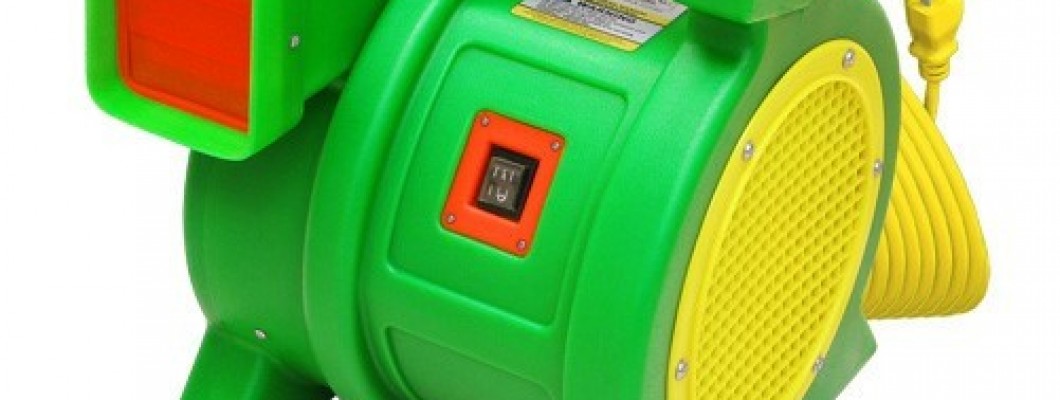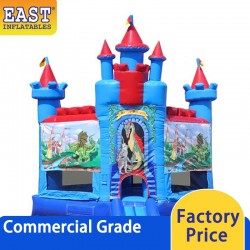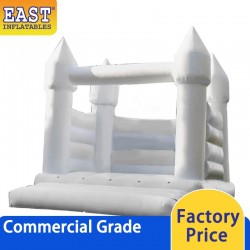
Inflatable blowers are crucial for maintaining the air pressure in inflatable structures such as bounce houses and obstacle courses. However, weather conditions can significantly impact the performance and safety of these blowers. Understanding how different weather elements affect inflatable blowers can help you make informed decisions about their use and ensure their optimal operation.
Effects of Weather Conditions
Weather conditions can have various effects on inflatable blowers:
- Temperature Extremes:
- High Temperatures: Excessive heat can cause the blower’s motor to overheat, potentially leading to malfunction or damage. It can also affect the integrity of inflatable materials.
- Low Temperatures: Cold temperatures can cause the blower’s components to become brittle and less flexible, increasing the risk of cracks or breaks. Additionally, low temperatures can affect the performance of the inflatable itself, making it less pliable.
- Humidity:
- High Humidity: High humidity levels can lead to condensation inside the blower, potentially causing electrical issues or reducing the efficiency of the blower. It can also contribute to mold and mildew growth on the inflatable material.
- Low Humidity: While less common, extremely low humidity can affect the flexibility of the inflatable material, potentially leading to cracking or rigidity.
- Rain:
- Exposure to Rain: Inflatable blowers should be kept dry, as exposure to rain can lead to electrical failures or short circuits. Moisture can also cause damage to the blower’s components and the inflatable structure itself.
- Wind:
- Strong Winds: High winds can cause instability in inflatables, potentially leading to tipping or damage. Additionally, strong winds can blow debris into the blower’s intake, affecting its performance.
Preventive Measures
To mitigate the effects of weather conditions on inflatable blowers, consider the following preventive measures:
- Provide Shelter: Use tents or other types of covers to protect the blower from rain, extreme temperatures, and direct sunlight.
- Monitor Temperature: Avoid operating the blower in temperatures that are too high or too low. Check the manufacturer’s guidelines for recommended operating temperature ranges.
- Ensure Proper Ventilation: Ensure that the blower is in a well-ventilated area to prevent overheating, especially in hot and humid conditions.
- Inspect Regularly: Conduct regular inspections of the blower and inflatable for signs of weather-related damage and address any issues promptly.
- Secure Equipment: Secure the blower and inflatable properly to prevent damage from strong winds and debris.
Conclusion
Weather conditions can significantly impact the operation of inflatable blowers, affecting their performance, safety, and longevity. By understanding these effects and taking appropriate preventive measures, you can ensure that your blower operates efficiently and your inflatables remain safe and functional in various weather conditions.




Leave a Comment